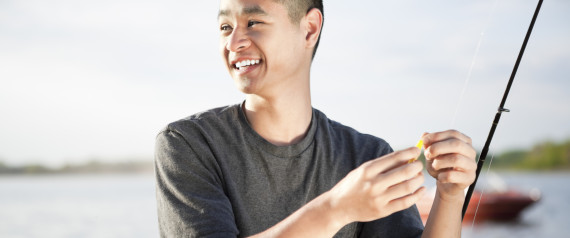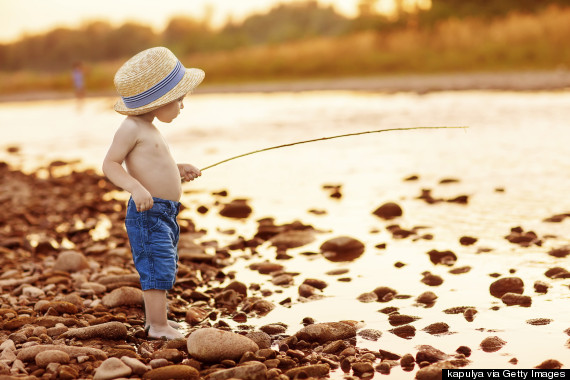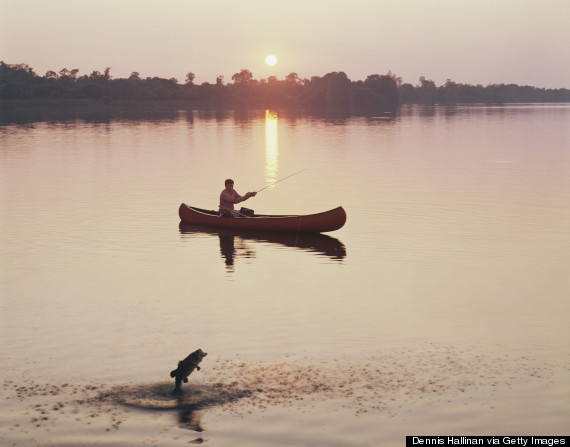CFOOD: New Study Sheds Light on Relationship Between Forage Fish, Predators, and Fishing
April 18, 2017 — The following was published by CFOOD. Founded by Dr. Ray Hilborn from the University of Washington, CFOOD is a network of scientists formed to study the science of fisheries sustainability, and to correct erroneous stories about fisheries in the mainstream media:
A paper published earlier this month shows a new understanding of how commercially fishing forage fish impacts forage fish predators like sea birds, marine mammals, and pelagic finfish.
Forage fish are small, silvery, bottom-of-the-food-chain fish that eat plankton and small invertebrates. They are eaten by seemingly everything in the ocean, providing “forage” for many other animals—you’ve probably heard of the two most common forage fish: sardines and anchovies. If asked their favorite marine species, not many people would choose a forage fish, but many would choose a forage fish predator: Penguins and puffins are endearing, dolphins and seals are adorable, and tuna and swordfish are delicious. Forage fish help sustain these populations, but are also favorite foods for many cultures.
With a high oil and protein content, forage fish are also the perfect species for conversion to fishmeal and fish oil. The largest fishery in the world, Peruvian anchovy, is such a fishery. Fish oil provides essential fatty acids and is sold in drugstores as a nutritional supplement. Fishmeal is food for several of our favorite edible animals. It is especially important in farmed fish production (like most of the salmon eaten in the US), but is also fed to terrestrial livestock like cows and pigs. Essentially, forage fish fisheries take a renewable resource and turn them into protein that people eat.
But how do these fisheries affect the marine predators that feed on forage fish? This is an important question that has only recently been investigated. A paperpublished in 2012 used mathematical models to estimate the impact of fishing forage fish populations on their predators and recommended that commercial reduction fishing be cut by 50-80% to ensure forage fish predators get enough food. However since then, several papers—including some by the authors of the original—have recognized that the models used in the 2012 research were not suitable for the questions asked, and further studies are needed.
The latest, Hilborn et al. (2017) published earlier this month (open access), shows that environmental variability, left out of the original models, is actually the most important factor affecting forage fish populations. Commercial fishing often has little effect on forage fish populations and their predators. Instead, ocean conditions and nutrient cycles (things humans have no control over) dictate how many forage fish survive each year.
The new paper also suggests that the relationship between forage fish and their predators is complicated by several factors. Forage fish predators often rely on specific, high-density locations where the abundance may be largely unrelated to the total abundance of the population. Basically, instead of predators relying on the total number of forage fish, they rely on forage fish appearing in certain locations, such as near breeding areas. Predators are also not singularly reliant on commercially harvested forage fish to survive—most consume a wide variety of prey. Indeed, Hilborn et al. (2017) found no link between larger forage fish populations and increases in predator populations.
Forage fish provide a wonderful service to humans. They are tasty, nutritious, and their harvest provides food for animals that we enjoy and eat, both above and below the surface. Understanding their ecological role is important to ensure sustainability.
Read the story at CFOOD | Watch a video about the study here













